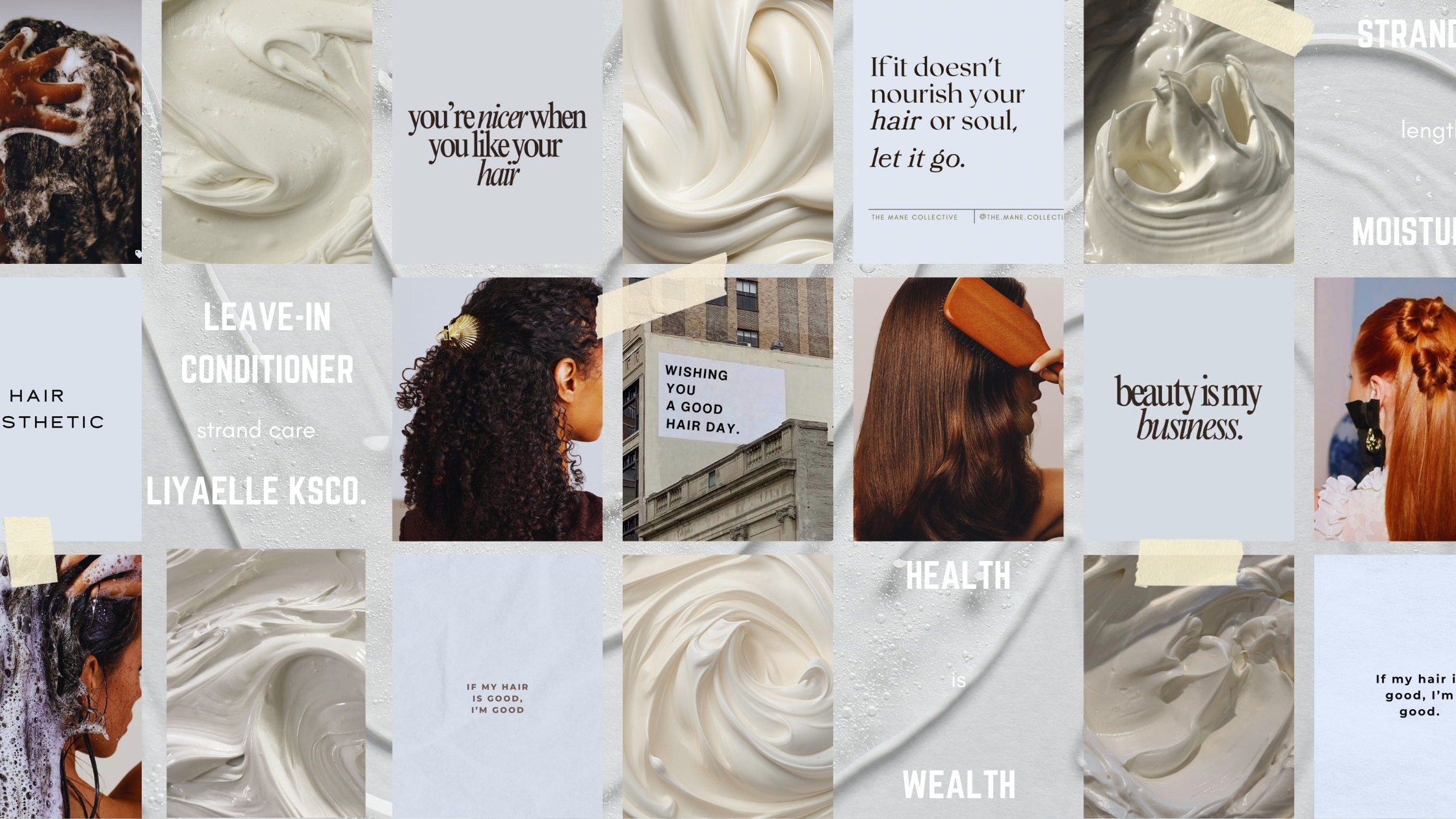
Zero Waste, Zero Toxicity | Appliances That Actually Make Life Easier
Tress Code | Why Heat Protectant Matters (and Why Sometimes Silicones Are Okay)

Closet Confessionals | Why I Am Cutting Back on Looking Casual

Tress Code | Reconstructive and Protein Treatments: The Balance Your Hair Needs

Closet Confessionals | Natural Fabric Care Guide

Zero Waste, Zero Toxicity | The Only Cookware You Really Need in Your Twenties

Zero Waste, Zero Toxicity | Pantry Staples that Save Time, Money, and Takeout Runs

Tress Code | Plastic-Free Shampoos For Every Hair Type

Closet Confessionals | Dressing for Decades, Not Seasons

Tress Code | Leave-In Conditioner

Aging Gracefully | From Allergies to Flus: The Natural Remedies That Keep Me Healthy

Zero Waste, Zero Toxicity | Simple Syrups

Aging Gracefully | My Bodycare Ritual for Smooth, Hydrated, & Radiant Skin

Zero Waste, Zero Toxicity | Traveling Essentials

Zero Waste, Zero Toxicity | Plastic-Free Conditioners

Closet Confessionals | The Luxe Sparkle Starter Kit: Building a High-Quality Jewelry Collection From Scratch

Tress Code | Are A Conditioner and Deep Conditioner the Same Thing?

Tress Code | Discover Your Moisture Blueprint

Aging Gracefully | Waxing at Home: From SugaringNYC to Bathroom Floor Brazilians
